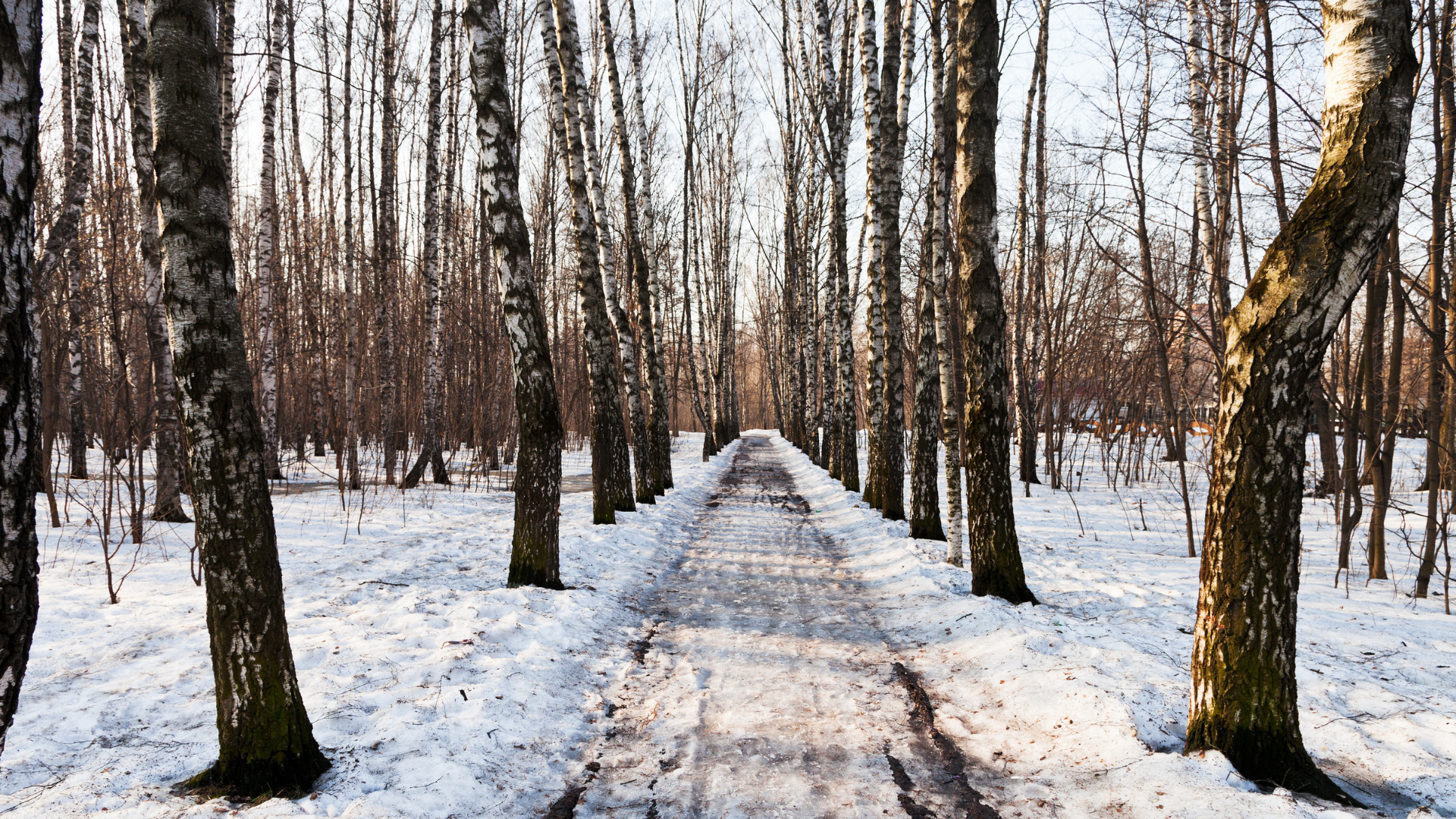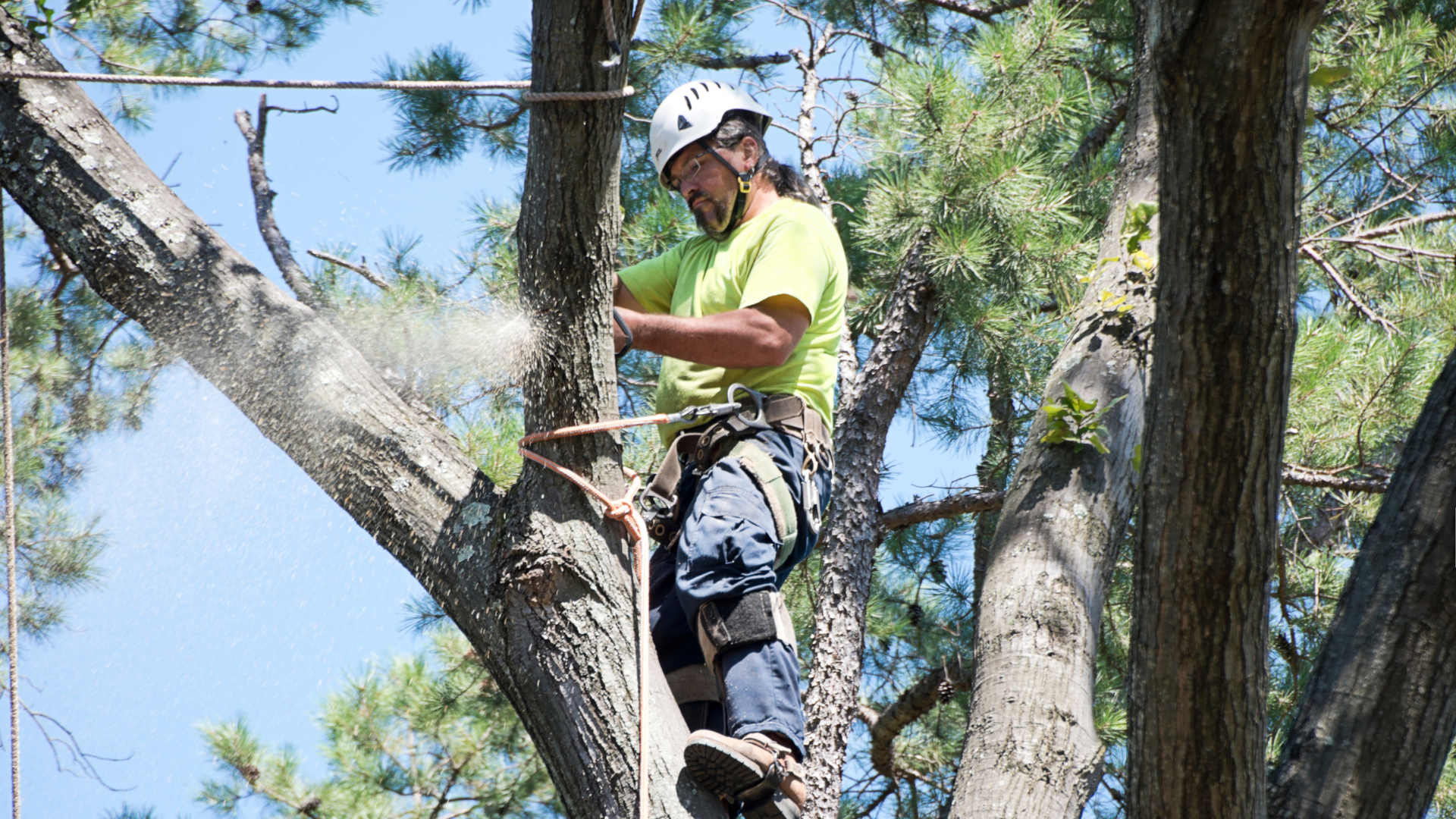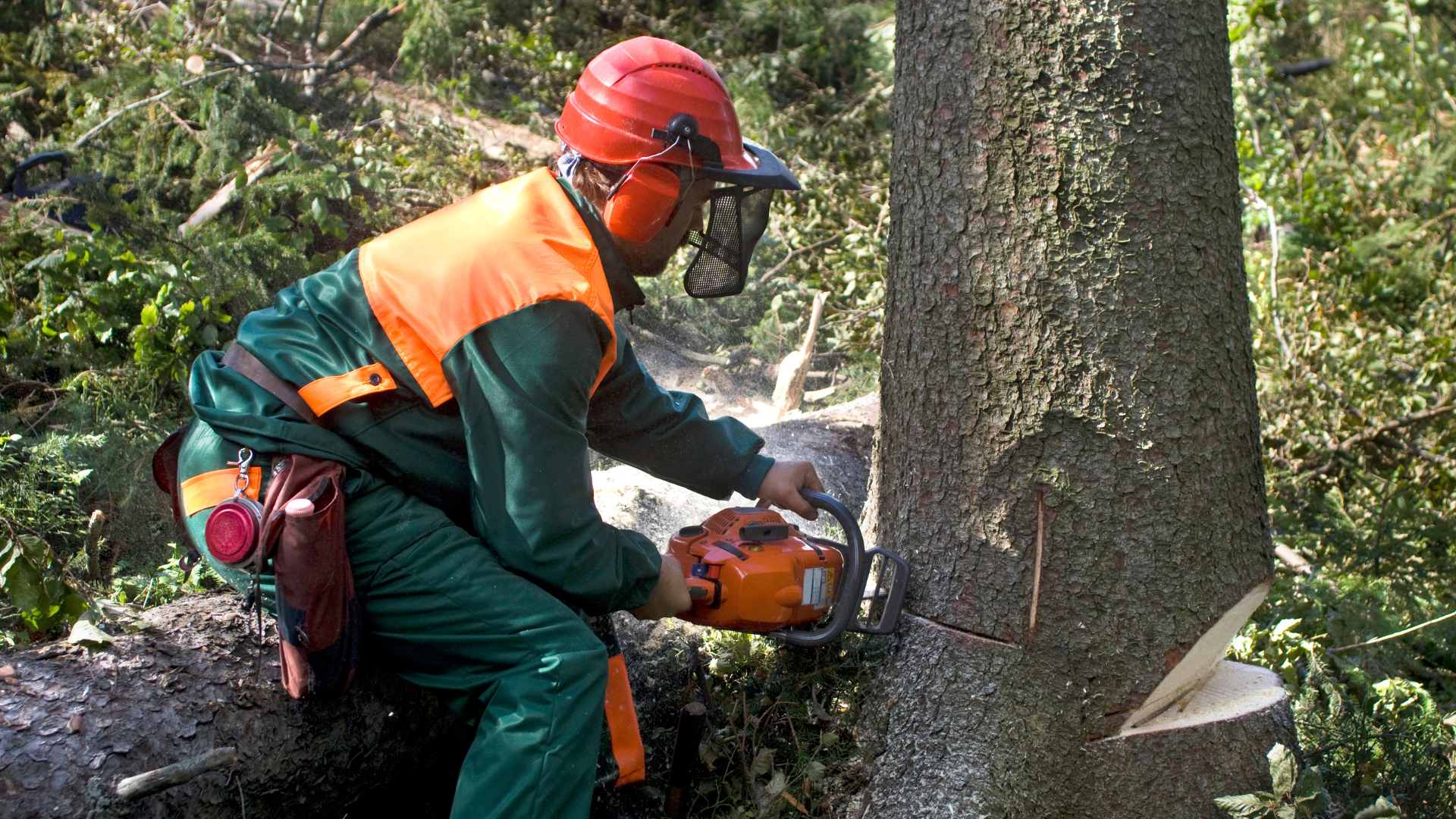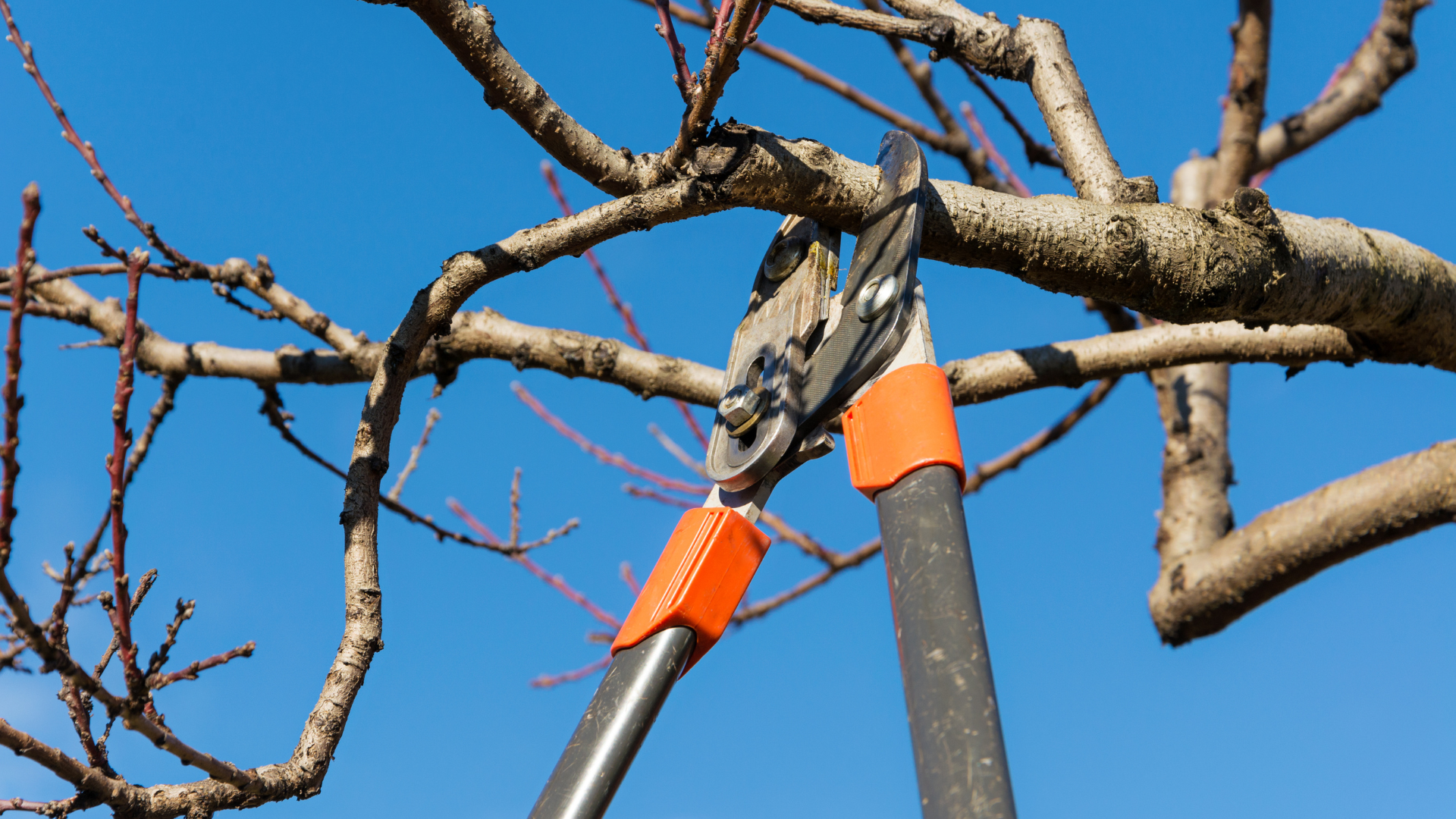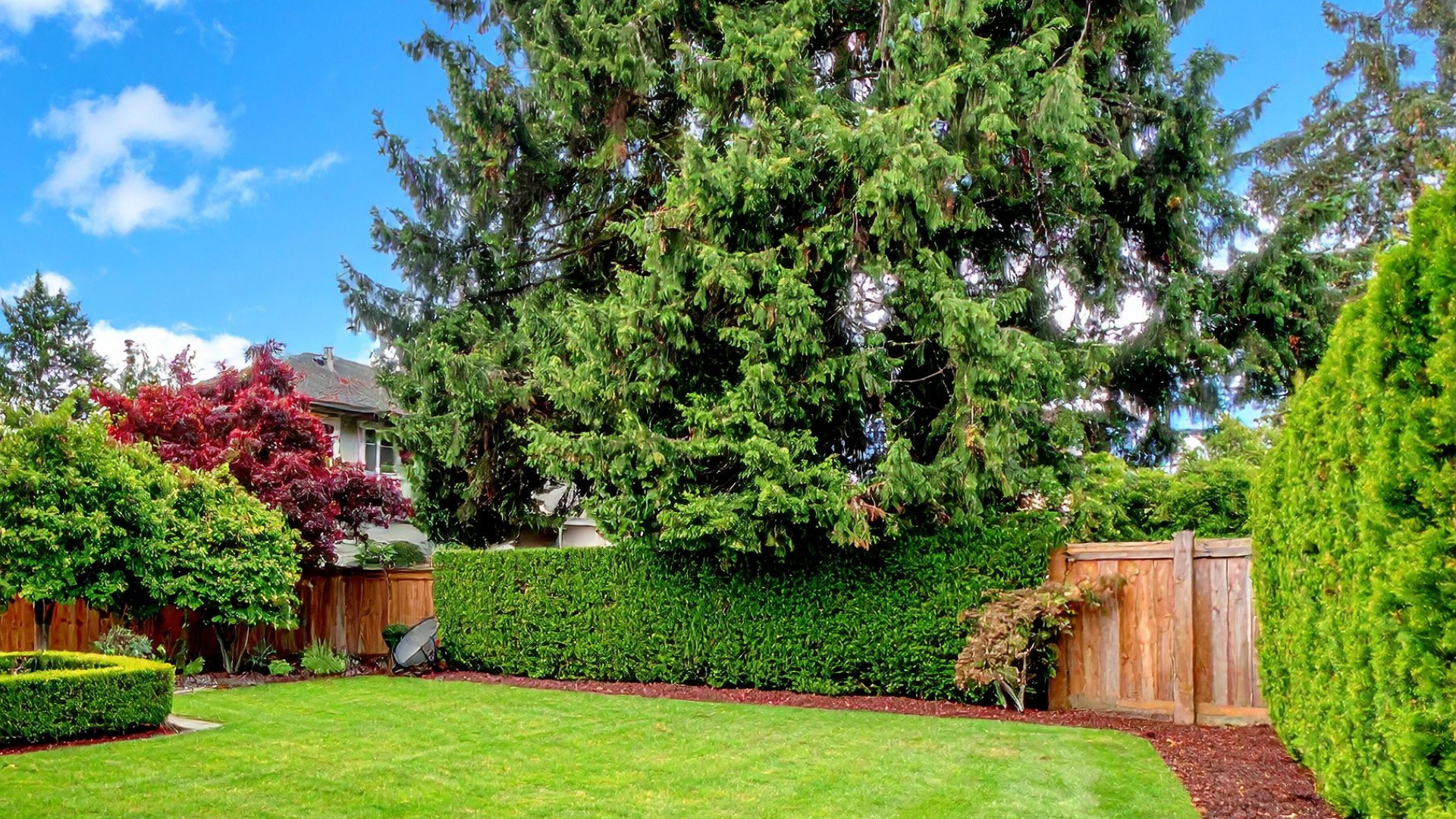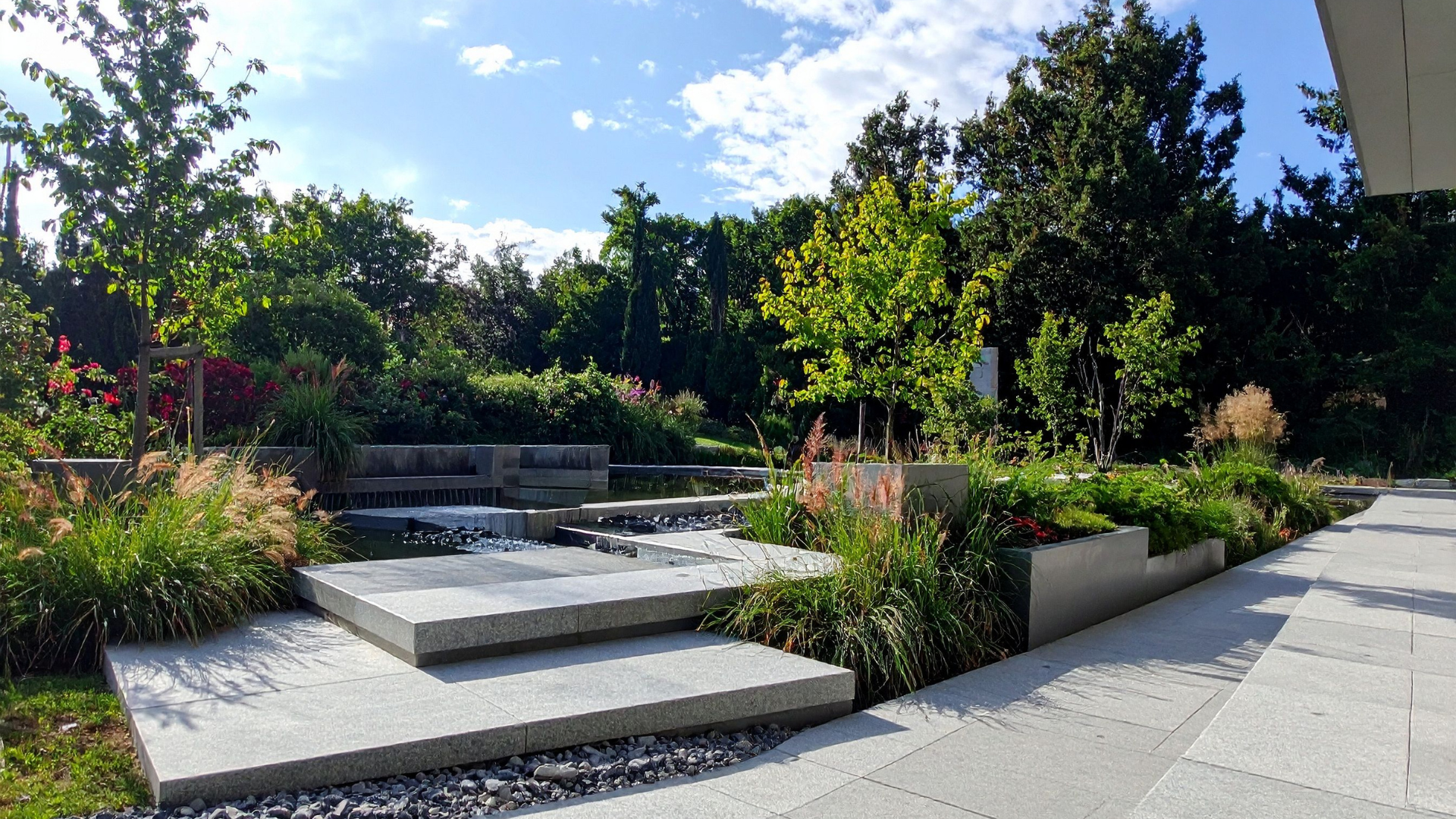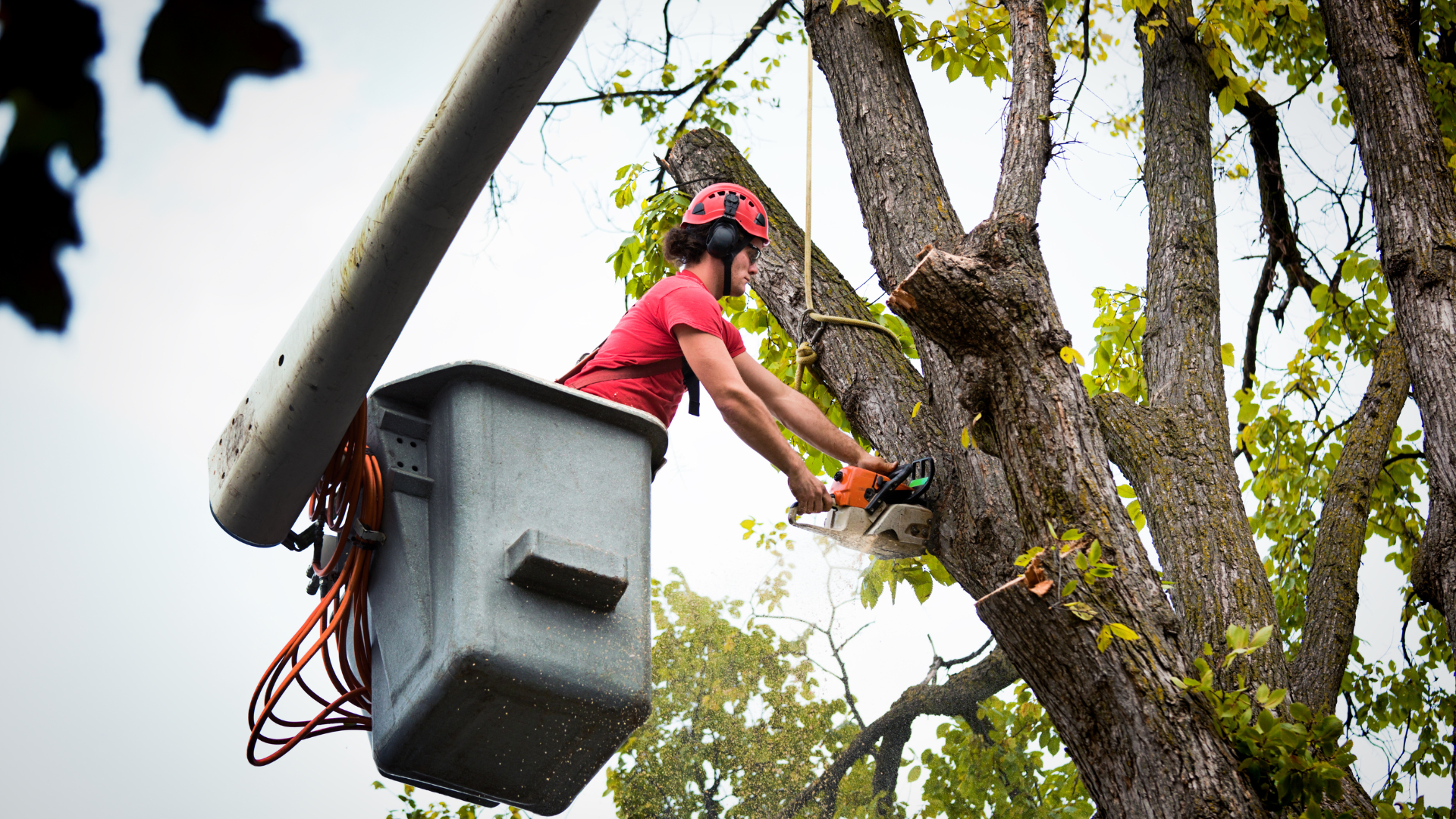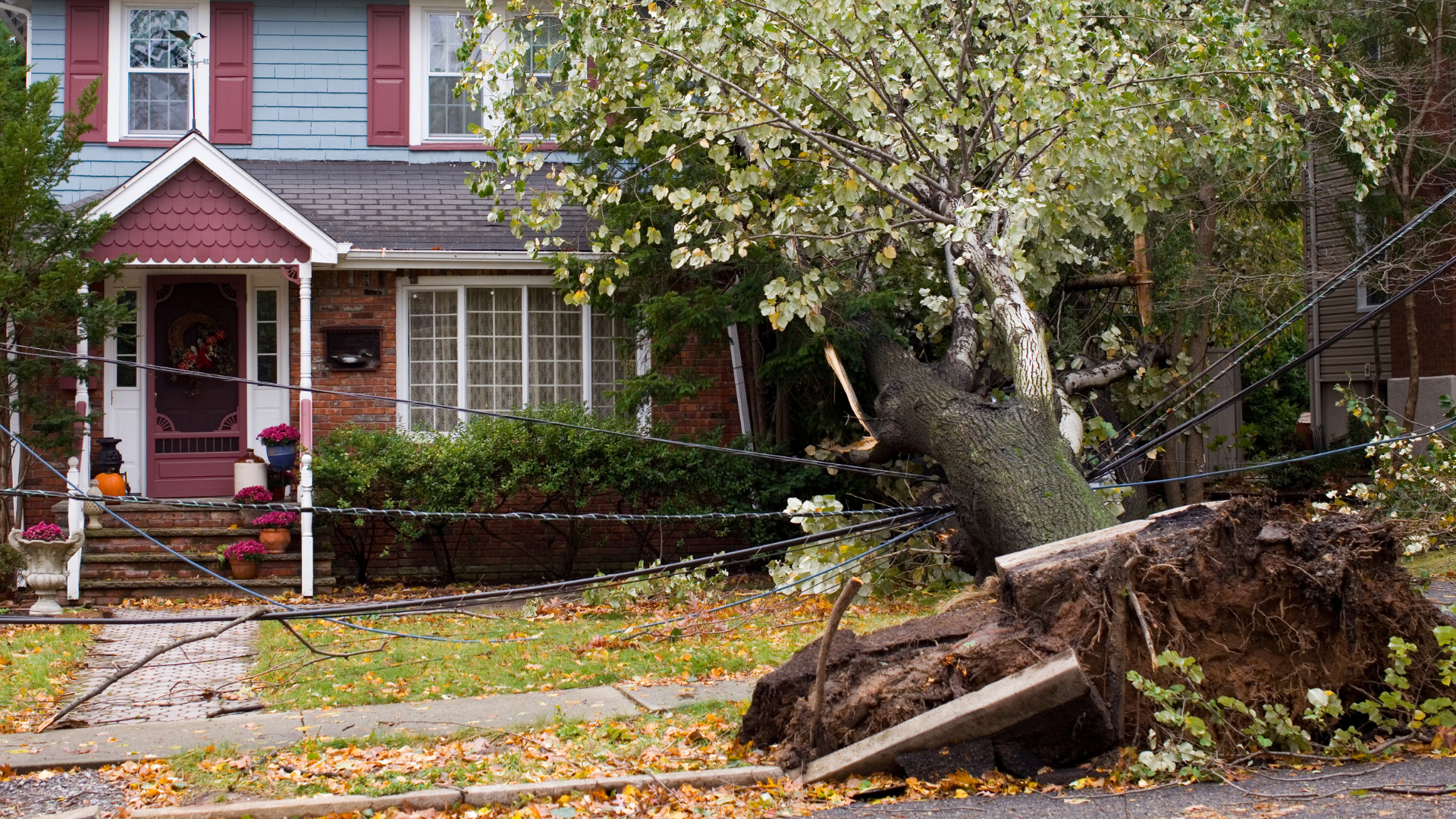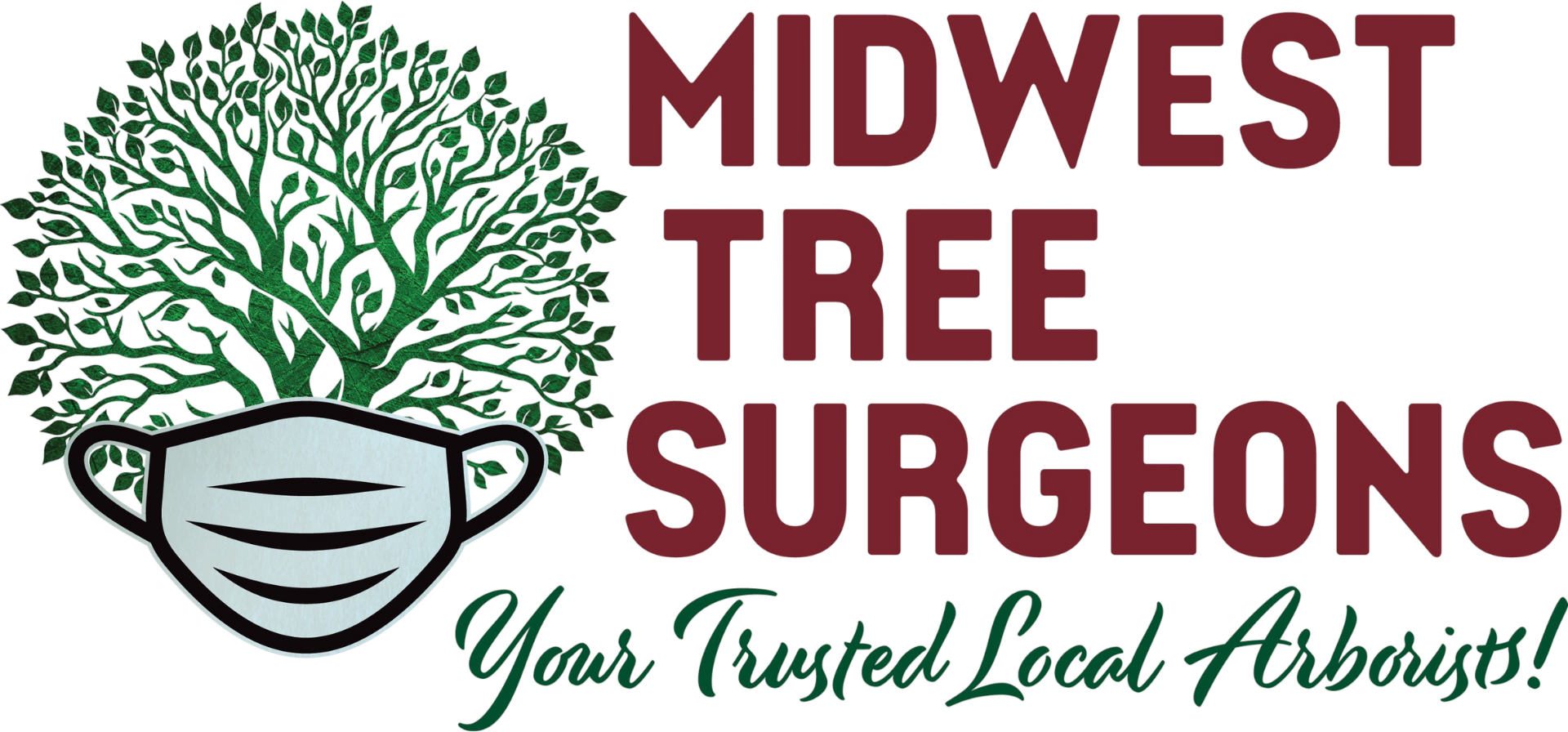How Cabling and Bracing Protect Valuable Trees From Storm Damage
Trees are some of the most valuable assets on any property. They provide shade, beauty, and environmental benefits, and in many cases, they hold sentimental value for homeowners. However, storms in the Midwest can bring high winds, heavy rain, and ice that place enormous stress on trees. Even healthy trees can experience structural weaknesses that make them vulnerable. At Midwest Tree Surgeons, we offer cabling and bracing as specialized techniques to protect valuable trees from storm damage and extend their lifespans.
Understanding Structural Weakness in Trees
Not all trees grow with perfect structure. Some develop
weak branch unions, where two large limbs diverge from a single point at a narrow angle. Others grow with uneven weight distribution or multiple trunks that compete for dominance. While these conditions may not cause immediate problems, they create vulnerabilities when storms strike. Strong winds and heavy snow can cause weakened branches to snap, splitting the tree and leaving behind irreparable damage.

What Is Cabling?
Cabling involves installing high-strength steel cables in the upper canopy of a tree to reduce stress on vulnerable branches. By connecting weaker limbs to stronger, more stable ones, the system redistributes weight and minimizes movement during storms. Cabling is especially effective for large, mature trees where natural structural weaknesses would otherwise place the tree at risk. Properly installed cables are discreet and do not detract from the tree’s natural beauty.
What Is Bracing?
Bracing uses threaded steel rods installed through weak branch unions or splitting trunks. These rods provide rigid support that reinforces areas of structural concern. Bracing is often combined with cabling for maximum protection, especially in trees that face multiple points of weakness. Together, these techniques provide stability that helps trees withstand strong winds and heavy snow loads.
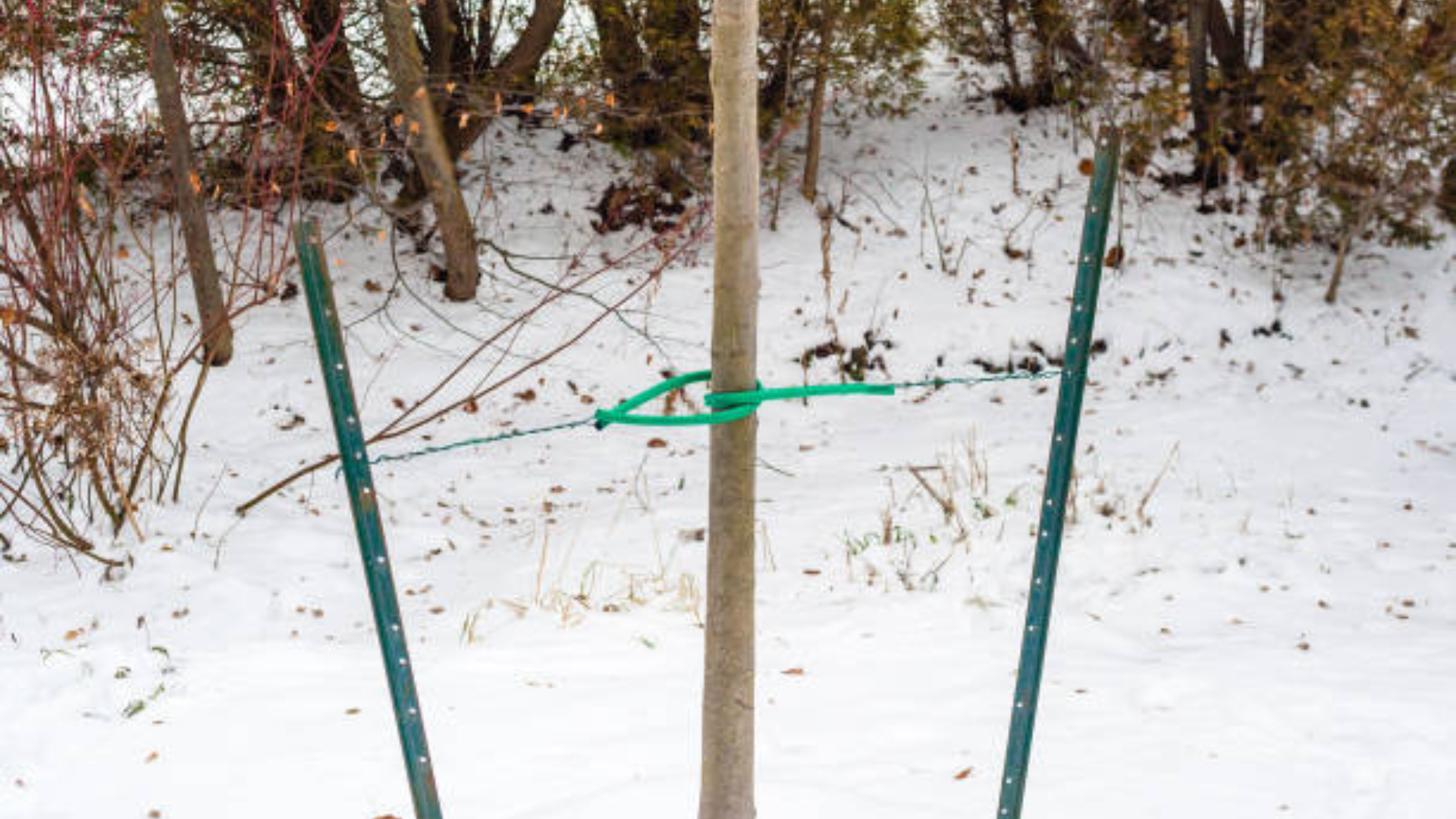
Benefits of Cabling and Bracing
The primary benefit of cabling and bracing is the preservation of valuable trees that might otherwise need to be removed. These systems:
- Reduce the risk of branch failure during storms.
- Protect property and people from falling limbs.
- Extend the life of mature trees by correcting structural weaknesses.
- Maintain aesthetic value by keeping trees healthy and intact.
For homeowners who have invested in landscaping or wish to preserve historic or beloved trees, cabling and bracing provide peace of mind during storm season.
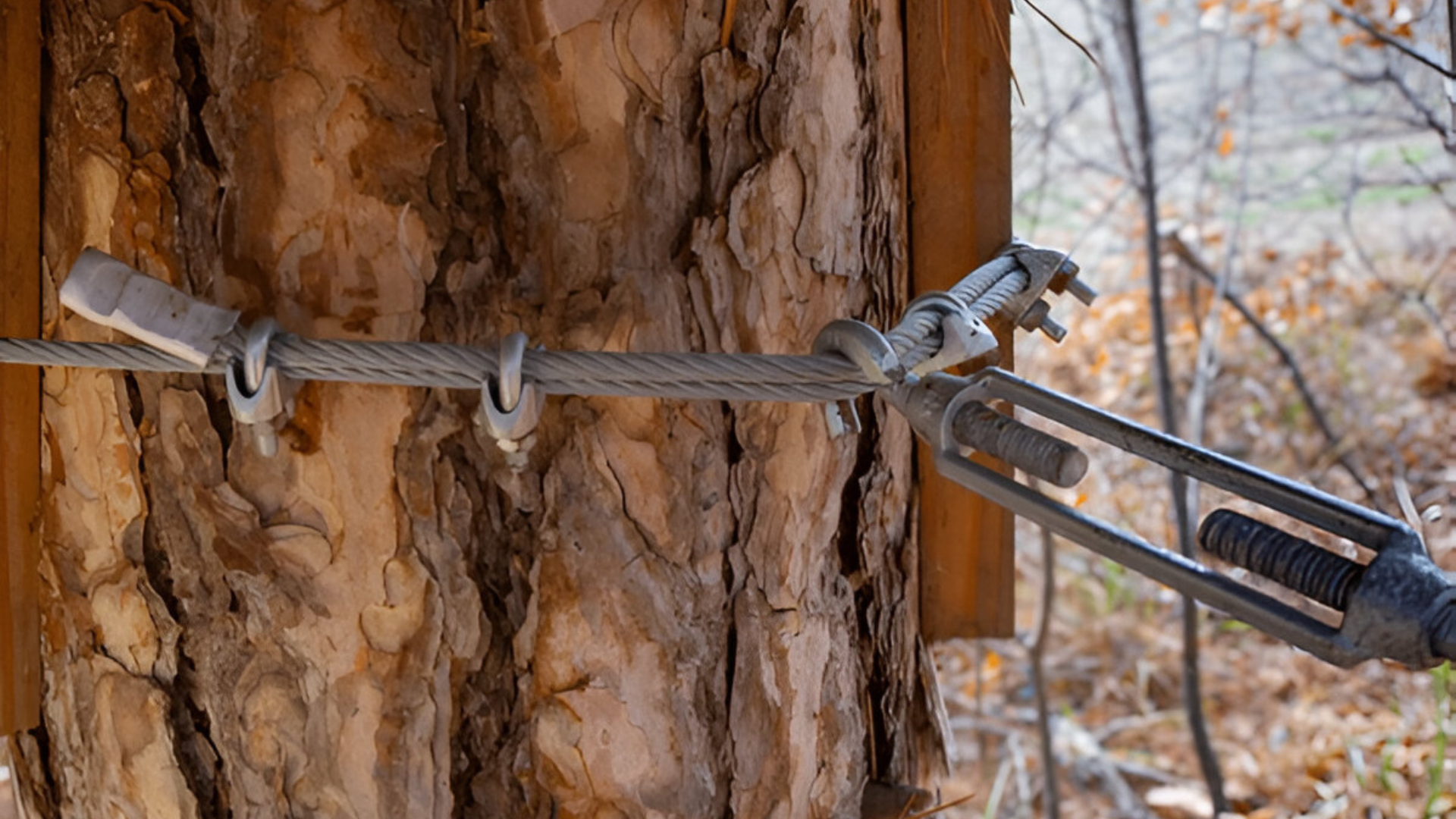
Professional Installation Is Essential
Cabling and bracing are not do-it-yourself projects. Installing these systems requires knowledge of tree biology, proper placement, and the correct tensioning of hardware. Improper installation can cause further damage to the tree or fail to provide the necessary support. At Midwest Tree Surgeons, our team has the training and equipment to assess structural issues and apply solutions that protect both the tree and the property around it.
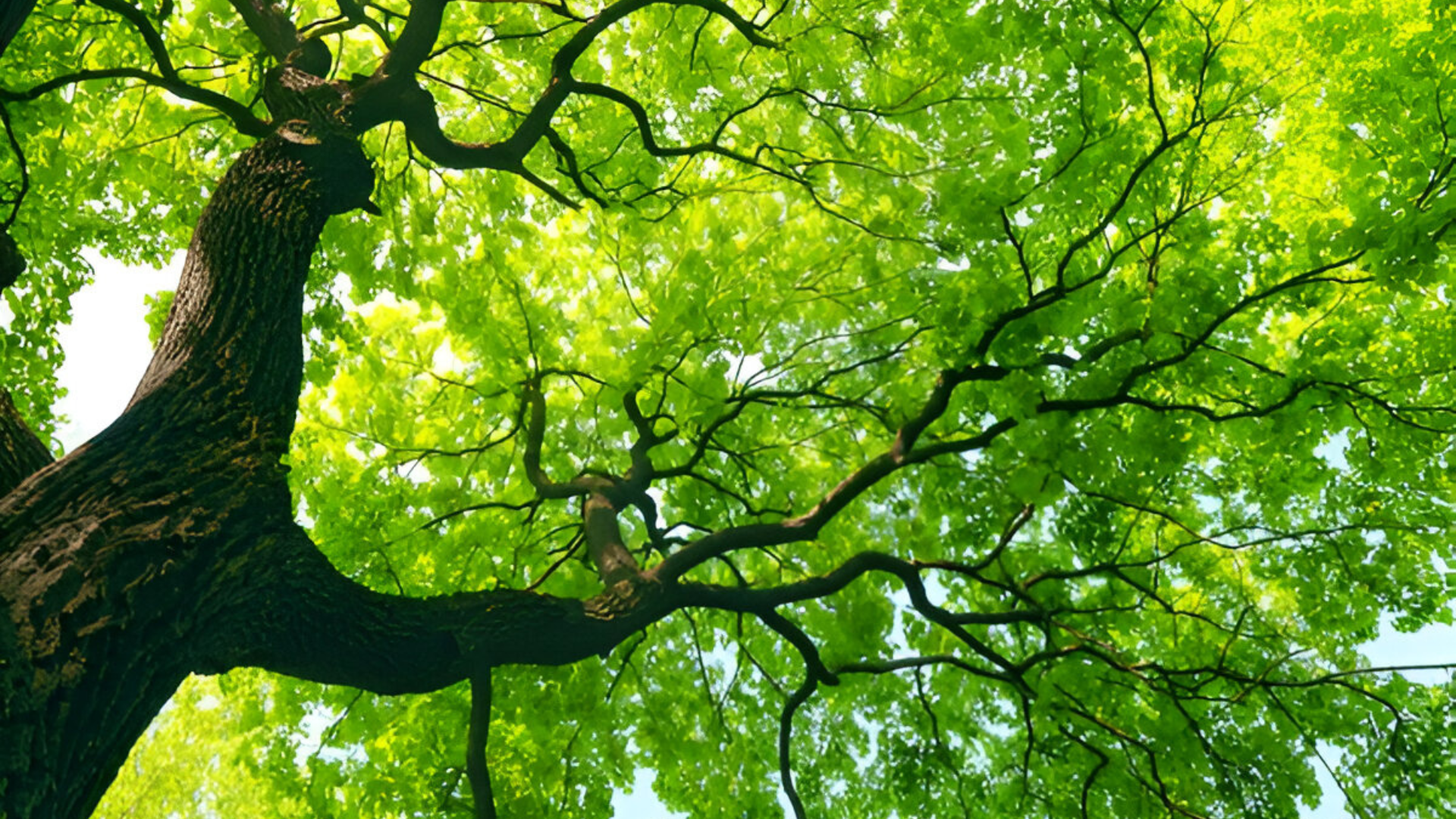
When to Consider Cabling or Bracing
Signs that a tree may benefit from these techniques include:
- Large branches growing at narrow angles from the trunk.
- Multiple trunks that appear to be pulling apart.
- Previous storm damage that left cracks or weak points.
- Heavy branches extending far from the trunk without counterbalance.
A professional inspection in advance of storm season can identify these risks and provide proactive solutions.
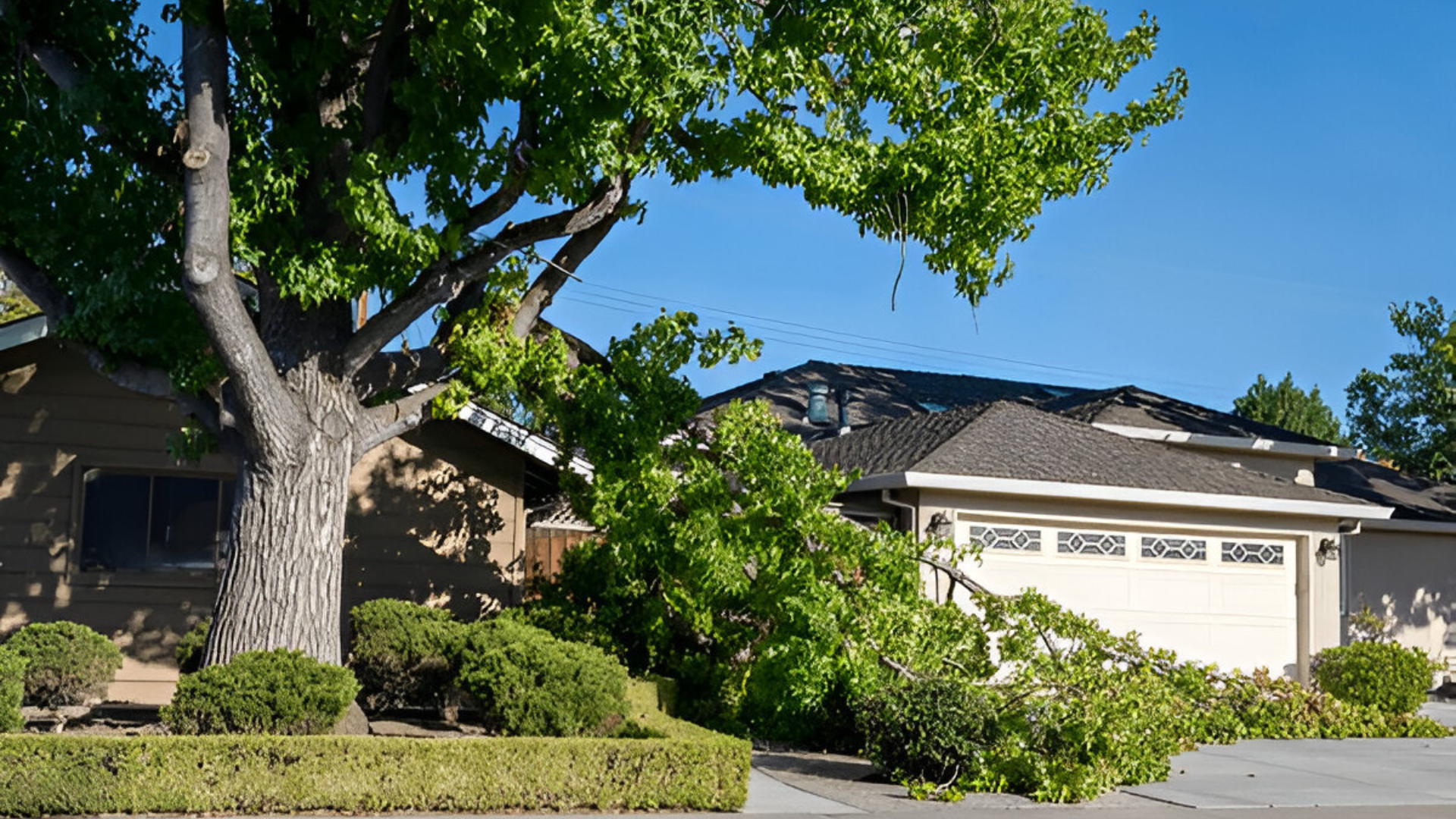
Final Thoughts
Storms are an unavoidable part of life in the Midwest, but losing a cherished tree does not have to be. Cabling and bracing offer effective ways to protect trees, reduce hazards, and preserve the beauty of your property. By reinforcing vulnerable structures, these techniques help trees stand strong against high winds, heavy rains, and winter ice.
At Midwest Tree Surgeons, we are committed to keeping trees safe, healthy, and resilient. If you have trees that show signs of structural weakness, our team can provide expert evaluation and install the support they need to thrive for years to come.
